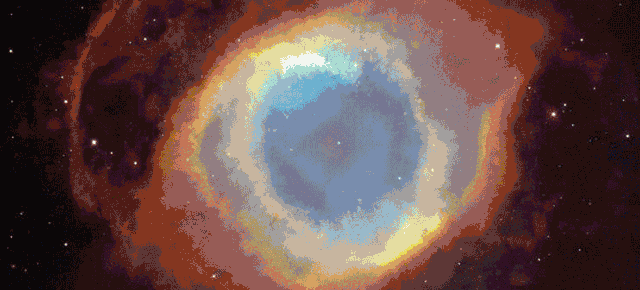New observations by the European Space Agency’s Herschel space observatory have revealed that the burning embers of sun-like stars at the end of their lives actually contain molecules vital for the creation of water.
When stars like our sud die, they become dense, white dwarf stars — but also cast off their outer layers of dust and gas into something known as planetary nebulae. The content of those nebulae is known to enrich the local interstellar environment, providing the matter which future stars are born from.
Now, measurements from Herschel reveal that a molecule known as OH+, which is a positively charged combination of single oxygen and hydrogen atoms and can go on to form water, is spewed out as part of the nebula (it’s highlighted in the image above). It’s been assumed in the past that the harsh radiation experienced during the star death would destroy such molecules, but two separate studies have now shown that not to be the case.
Of course, it will be a while before those molecules could ever be of any use — not least because you’d need to wait for a new solar system to form. [ESA]
